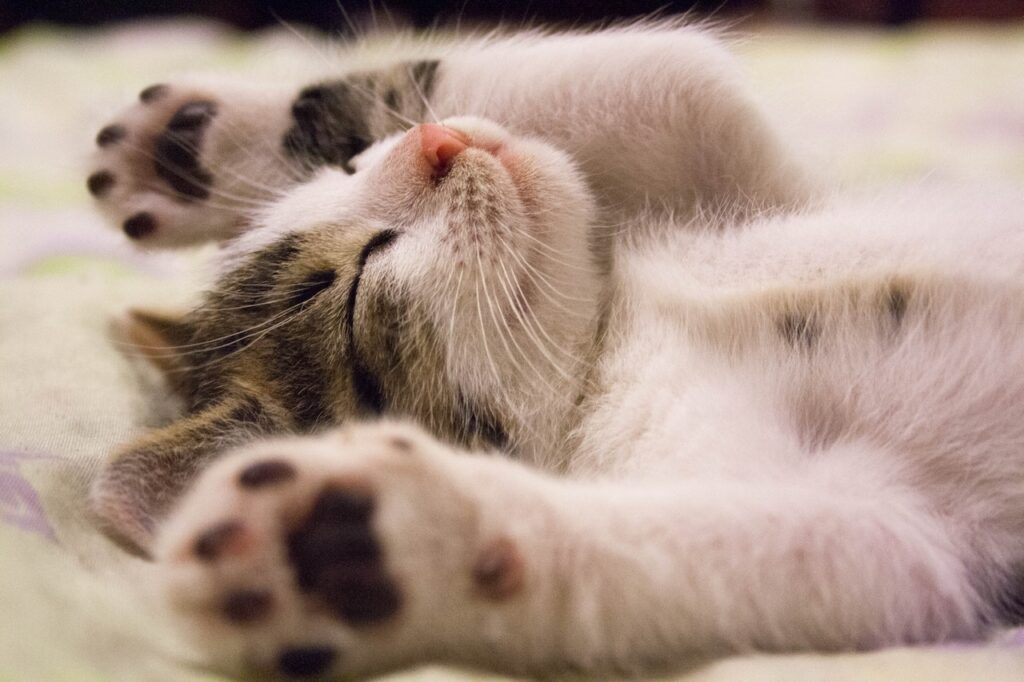
Cat training, Contrary to popular belief, cats are trainable creatures that can learn a variety of behaviors and tricks. Training not only strengthens the bond between you and your feline friend but also helps prevent behavioral issues and promotes a harmonious household. In this guide, we will provide you with valuable tips and techniques to successfully train your cat, allowing you to tap into their intelligence and enhance their well-being.
Positive reinforcement is key when training cats. Use treats, praise, and rewards to reinforce desired behaviors. Cats respond well to rewards and will be motivated to repeat behaviors that result in positive outcomes.
Clicker training is an effective method that pairs a clicking sound with a reward to mark desired behaviors. It helps cats associate the sound with a positive outcome, making it easier to communicate and reinforce desired behaviors.
Create a calm and distraction-free environment for training sessions. Choose a quiet room with minimal interruptions where your cat feels comfortable. Ensure that the training area is free of potential hazards.
Break down complex behaviors into smaller, manageable steps. Cats learn best when tasks are broken down into simple, sequential actions. Gradually build upon each step, rewarding your cat’s progress along the way.
Target training involves using a target stick or your hand as a target for your cat to touch or follow. This technique helps redirect your cat’s attention, encourages focus, and aids in teaching tricks and commands.
Start with basic commands like “sit,” “stay,” and “come.” Use treats as rewards and consistently reinforce the desired behavior. Keep training sessions short and engaging to maintain your cat’s interest and motivation.
Training a cat is an enriching and rewarding experience that deepens your bond and promotes a well-behaved companion. By utilizing positive reinforcement, patience, and consistent training techniques, you can successfully train your cat and enhance their overall quality of life. Embrace the uniqueness of your feline friend and enjoy the journey of teaching them new skills and behaviors.